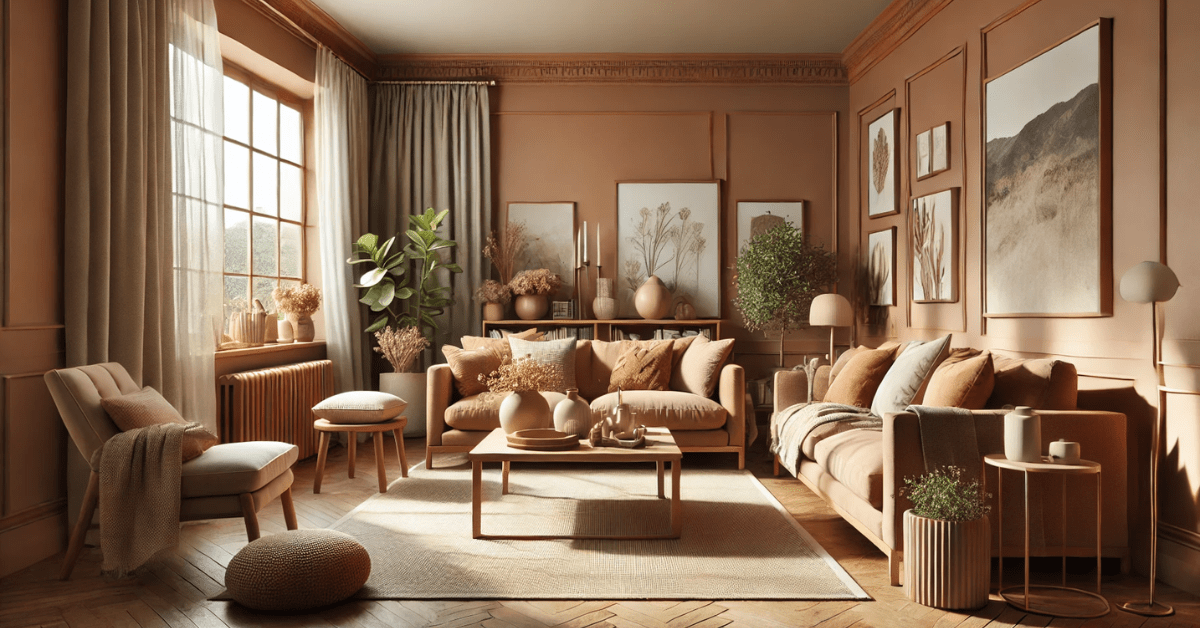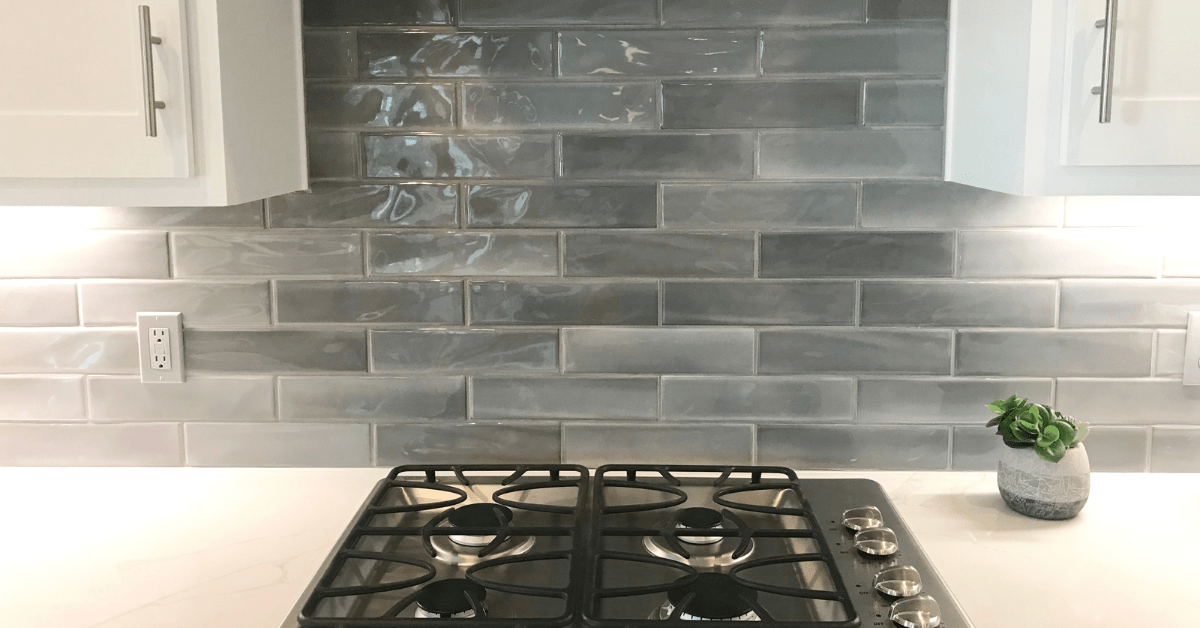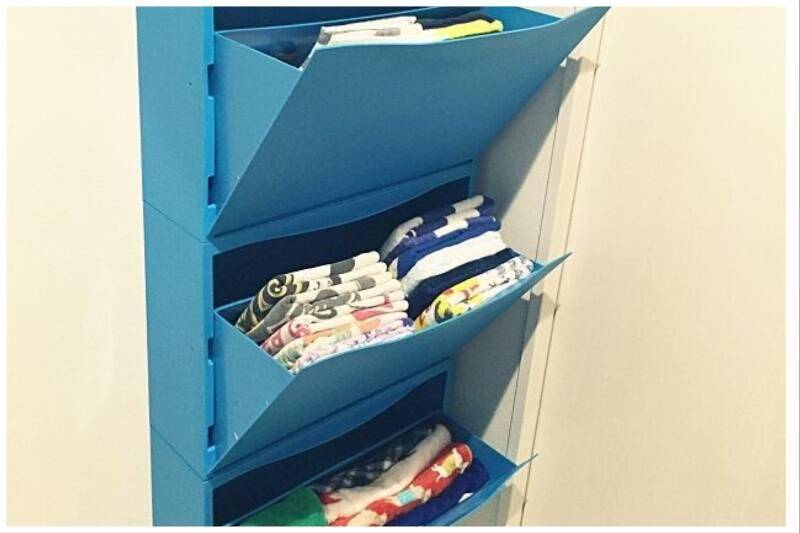Historic homes 101: What exactly is a ?summer kitchen?"

If you can?t stand the heat... Editor's note: This story was originally published on June 16, 2016. It has been updated with new information.
Welcome back to Period Dramas, a weekly column that alternates between roundups of historic homes on the market and answering questions we?ve always had about older structures.
A little while back, while falling down a Zillow rabbit hole, we happened across a late-1700s eyebrow colonial a stone?s throw from the Hudson River. On the property was something we had rarely seen before: an intact "summer kitchen."
Sitting towards the back of the property, the low-profile brick-and-stone structure has a wood door and a stout chimney. The listing provided no interior photos, but there was mention of a fireplace (which, we?ll note, one could have easily surmised from the presence of the chimney).
The summer kitchen that started it all. The original main kitchen of the house was likely in the back portion of the house, where that chimney is.
We were suddenly overcome with curiosity about the origins of these small structures, how they were built, and if they were truly, as their name implies, only used during the summer. We set out for some answers.
Used primarily in the late-18th and early-19th centuries (though exceptions can be found), the summer kitchen had a number of practical applications in residential life. At its most basic level, the outbuilding physically separated hot kitchen activities from th...
| -------------------------------- |
| Emad |
|
|












